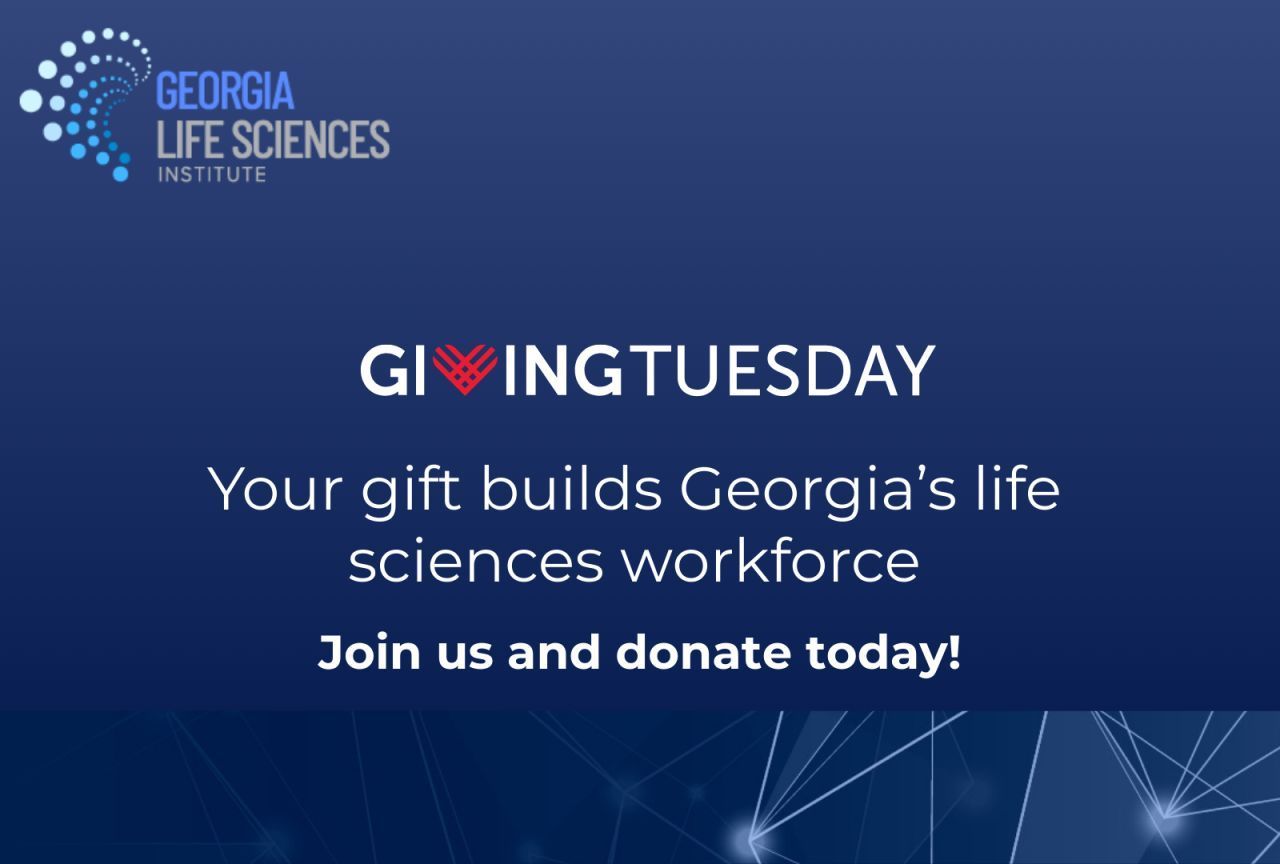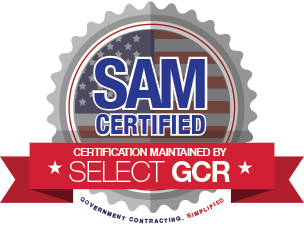News
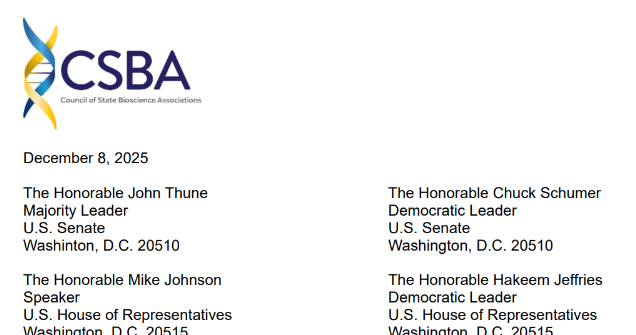
Georgia Life Sciences has joined 43 state and regional life sciences organizations in signing a national Council of State Bioscience Associations (CSBA) letter calling on Congress to take immediate action on three bipartisan policy priorities that are essential to sustaining U.S. leadership in biomedical innovation and supporting patients nationwide. With Congress back in session and several critical programs at risk of expiring, the letter urges congressional leaders to advance the following provisions without delay: 1. Reauthorize the Rare Pediatric Disease Priority Review Voucher (PPRV) Program The PPRV program has been instrumental in incentivizing the development of therapies for children with rare and life-threatening conditions. Its lapse threatens to slow or halt research that families across the country are counting on. 2. Extend the SBIR/STTR Programs The Small Business Innovation Research (SBIR) and Small Business Technology Transfer (STTR) programs provide crucial early-stage capital for emerging biotech and medtech companies—many of them in Georgia. Without reauthorization, hundreds of innovative small businesses face uncertainty, jeopardizing new therapies, diagnostics, and technologies in the pipeline, 3. Advance PBM Transparency Reforms Greater transparency and accountability within pharmacy benefit manager (PBM) practices are needed to ensure that savings reach patients and employers. Reforming PBM operations is essential to strengthening access and affordability across the healthcare system. A Unified Message from the Life Sciences Community The sign-on letter reflects broad, bipartisan alignment across the national life sciences ecosystem: researchers, entrepreneurs, investors, patient advocates, and state associations all share a common message— these programs underpin America’s global competitiveness and are vital to patients who rely on continued scientific progress. Georgia Life Sciences has shared the letter with members of Georgia’s congressional delegation and will continue engaging with policymakers to emphasize the importance of swift action.
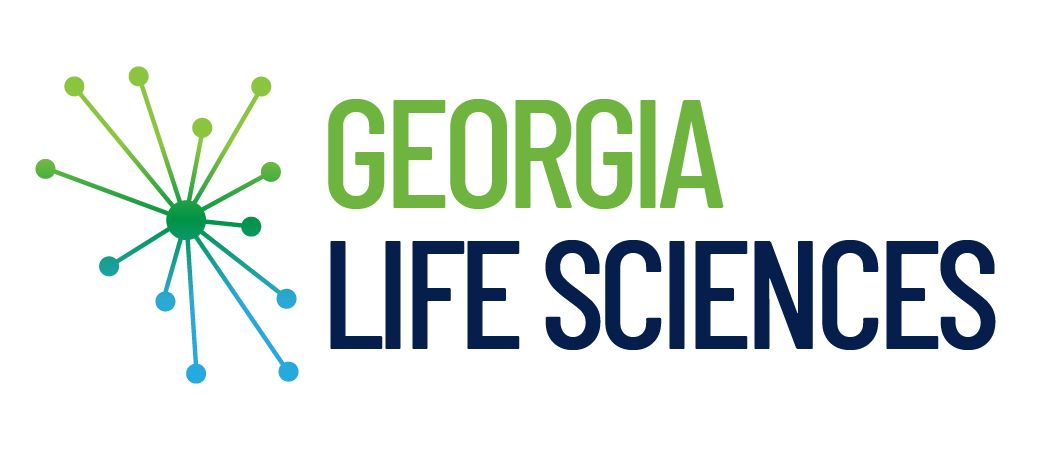
Georgia Life Sciences is proud to stand with patient advocates, providers, and employers across the state in urging Congress to take meaningful action on pharmacy benefit manager (PBM) reform. We recently signed on to a joint letter to Georgia’s Congressional Delegation stressing the urgent need for transparency, fair practices, and policies that ensure savings flow directly to patients.
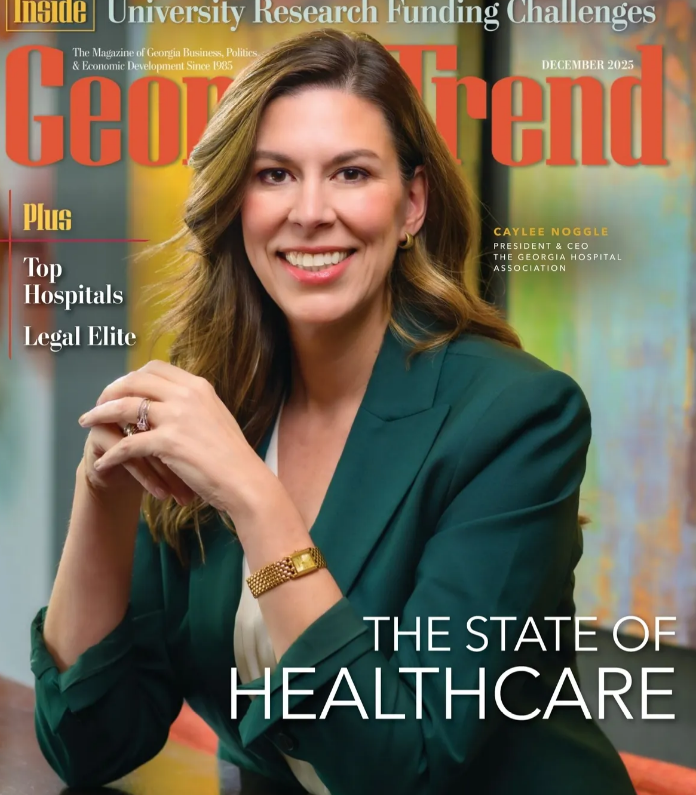
Georgia Life Sciences’ CEO, Maria Thacker Goethe shares her perspective on the value of Georgia’s research universities in this month’s issue of Georgia Trend. “Georgia research institutions have felt a very significant impact from the federal rollbacks, specifically in NIH and NSF funding. Thacker Goethe’s message about the impact of research cuts is simple: Disruption shatters the foundational trust researchers have in grant continuity….” To read the full article, click here .

Atlanta, GA — October 6 — Georgia Life Sciences today announced the launch of Vitals, a new podcast series developed in partnership with Cloudcast Media, a leader in branded podcast production. The series will spotlight the people, ideas, and innovations shaping the future of Georgia’s rapidly growing life sciences sector. Hosted by Georgia Life Sciences’ CEO, Maria Thacker Goethe, Vitals will feature in-depth conversations with scientists, entrepreneurs, investors, educators, policymakers, and patient advocates. Each episode will explore the challenges and opportunities facing Georgia’s life sciences ecosystem—spanning biopharma, medical technology, digital health, and advanced manufacturing. “Vitals gives us a powerful platform to showcase the remarkable work happening within our state,” said Maria Thacker Goethe. “By sharing these stories, we’re highlighting not only groundbreaking science but also the collaboration and talent that make Georgia such a vibrant hub for health innovation.” Cloudcast Media, known for its expertise in storytelling and high-quality podcast production, will bring industry insights and technical support to ensure the series reaches audiences across Georgia and beyond. “We’re proud to partner with Georgia Life Sciences on Vitals,” said Charles Parisi, Founder and CEO of Cloudcast. “This series will elevate the voices of innovators who are advancing science, improving patient outcomes, and building Georgia’s reputation as a global life sciences leader. We are very excited that Cloudcast Atlanta can play a role in supporting Maria and the impactful work of Georgia Life Sciences.” The first episode of Vitals launched today and is available on Apple Podcasts, Spotify, and other major streaming platforms, as well as through the Georgia Life Sciences website.
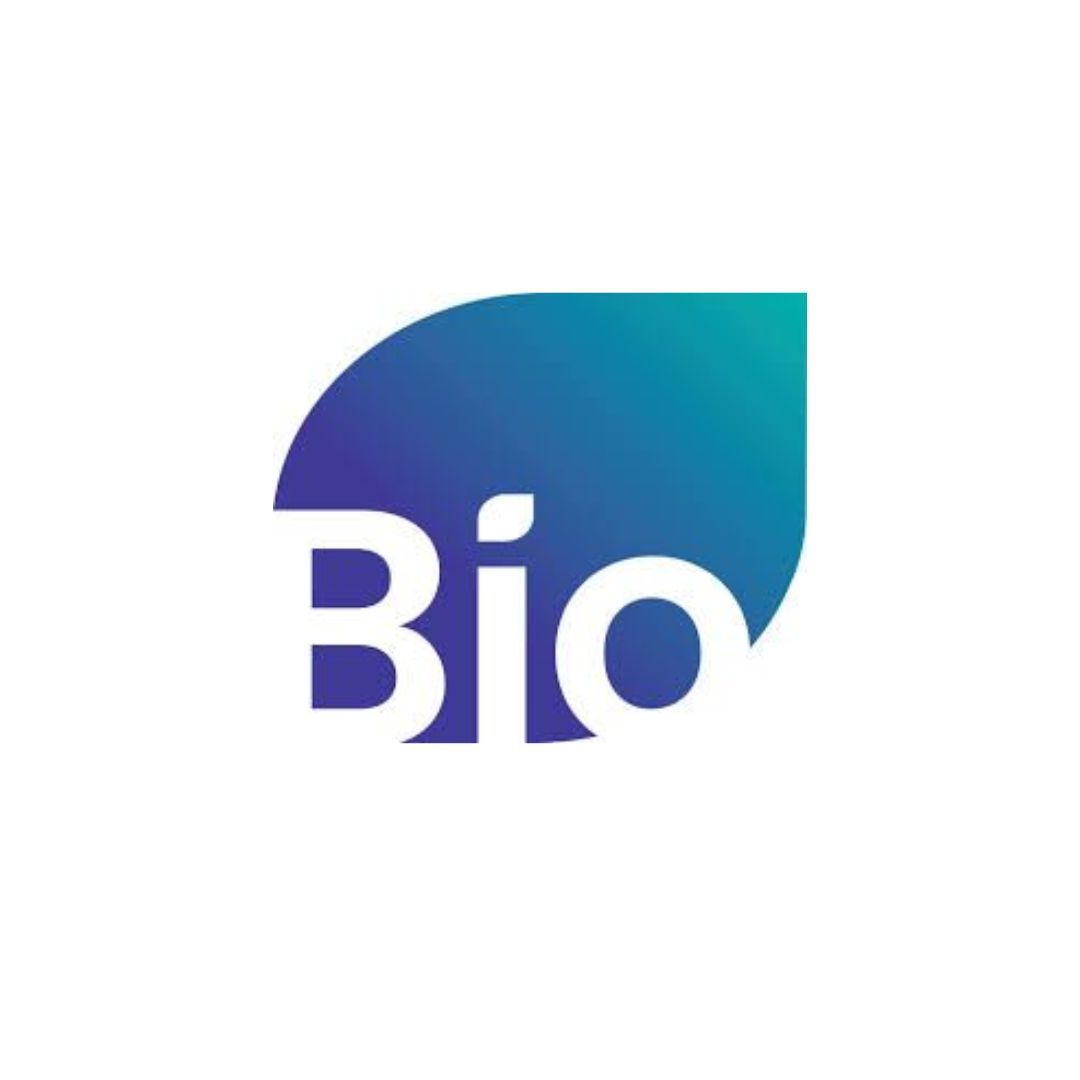
September 30, 2025 WASHINGTON, D.C. – John F. Crowley, President and CEO of the Biotechnology Innovation Organization (BIO) released the following statement on Most Favored Nation policies: "For too many years, Americans have subsidized the research and development necessary to bring newer and better medicines to patients around the world. As we saw with defense spending and NATO, the solution is not to weaken a strategically important American industry, but for other countries to pay their fair share. “Today’s announcement in the Oval Office highlights the problems with a drug delivery system where half of the cost of innovative medicines goes to middlemen and distributors, and where the supply chain distorts prices paid by the American people. We support a new framework that addresses the cost of medicines by simplifying the system - and making medicines directly available to patients. “But importing socialist price controls through most-favored nation policies fundamentally does not address the imbalance in international pricing for innovative medicines. MFN will not lower the out-of-pocket prices that most Americans pay for medicines. Even worse, it will jeopardize the entrepreneurial spirit and deter the capital necessary for a vibrant and essential American biotechnology industry to thrive and may cause most harm to small and midsize biotech companies, which are responsible for discovering more than half of all new treatments. “Without these biotech innovators and a free-market system, we risk slower scientific progress, decreased access to new medicines, compromised national security, fewer American jobs and perhaps most tragically, a diminished hope for those suffering with illness and disease. There are much better ways to address this problem than MFN.” ###

Members are invited to join G2G’s Monthly GBG Reporting Service Webinar on September 18, 2025 . The first portion ( 12:00–12:30 PM ET ) is free and open to all, offering a high-level overview of current federal funding trends. The second half ( 12:30–1:00 PM ET ) is a premium consultation available only to Georgia Life Sciences members, offering direct access to G2G’s expert team—who have helped secure over $550 million in non-dilutive government funding since 2007. Register here: https://www.g2gconsulting.com/event/non-dilutive-funding-g2gs-monthly-gbg-reporting-service-webinar-14-3/2025-09-18/ Key opportunities this month include DARPA’s Expedited Research Innovation System for CBRN threat defense technologies, BARDA’s I-CREATE diagnostic funding and VANGUARD biomanufacturing tools development (each offering up to $200,000), NIAID tuberculosis and influenza research units (up to $1.5–$2.5 million annually), DoD’s $4 million Advanced Medical Monitor development through MTEC, and multiple SBIR opportunities for sensors and field-deployable diagnostics (up to $209,575 for Phase I awards). The September GBG report highlights 13 immunology and infectious disease opportunities, 10 cognitive and brain health programs, and several biotechnology and biomanufacturing initiatives across federal agencies including the Army, ARPA-H, BARDA, and NSF. Georgia Life Sciences members can access the complete 29-page report with detailed deadlines and eligibility requirements [insert link or portal instructions here]. GLS members can access the full 29-page report with deadlines and submission details by logging into your member portal.
